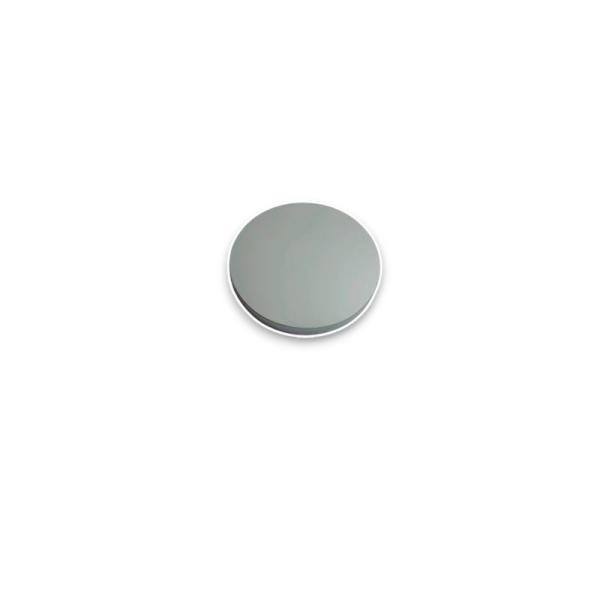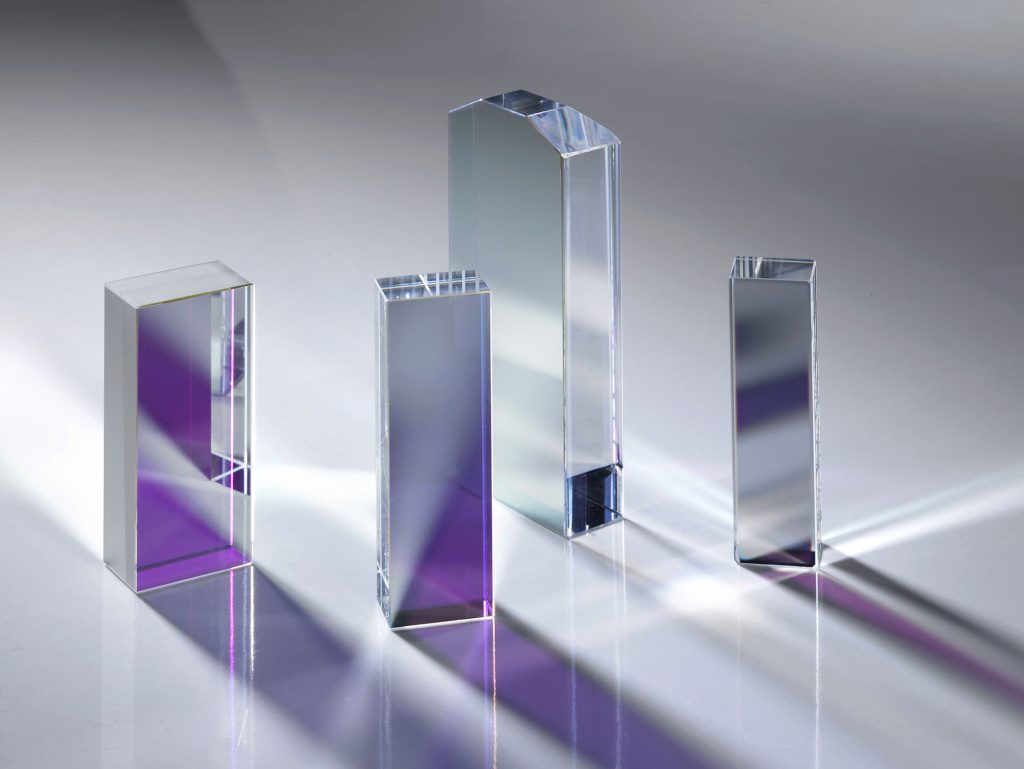Longpass Filter
Longpass Filter Series
FAQs
A longpass filter is designed to block light with wavelengths shorter than a specific cutoff wavelength (Cut-on Wavelength) and transmit light with longer wavelengths. It is primarily made using multilayer interference coating technology. By designing different layer thicknesses and sequences, destructive interference is achieved in the short wavelength region to block light, while constructive interference is used to enhance transmission in the long wavelength region.
Longpass filters play a crucial role in various industries and applications:
- In scientific and laboratory research, they are used in fluorescence microscopes, spectrometers, spectral imaging systems, and laser systems.
- In industrial applications, they are used in machine vision systems and laser welding and marking systems.
- In the biomedical field, they are used in fluorescence quantitative PCR, confocal microscopy, and other clinical imaging devices.
- In imaging, they are used in night vision, infrared photography, and projection and display systems.
When selecting the appropriate cut-off wavelength for a longpass filter, it is necessary to consider the application scenario, target spectrum, and the response characteristics of the light source and detector. For instance, determine which wavelengths need to be transmitted and which wavelengths need to be blocked. Also, consider the angle of incidence, whether the filter is used in the transmission or reflection optical path. The selection can be further refined based on the specific requirements of applications like fluorescence detection, multispectral imaging, laser systems, or Raman systems.
As the angle of incidence increases from perpendicular (0°), the cut-off wavelength of the filter will experience a blue shift, moving to shorter wavelengths. This also shifts the entire transmission band toward shorter wavelengths. Additionally, as the angle of incidence increases, there will be a significant differentiation in the behavior of S-polarized and P-polarized light. Therefore, it is important to choose the appropriate angle range based on the specific characteristics of different optical systems.
We can customize longpass filters across a wide range of wavelengths based on customer requirements. In general, we offer customization for ultraviolet, visible, near-infrared, mid-infrared, and far-infrared wavelengths. Additionally, we maintain a large inventory to help customers match their requirements and build prototypes effectively.



